Whenever I walk past the two-storey bus terminal at 610 Bay Street, a short distance north of Dundas Street West, I recall two travel adventures of my youth. The first time I entered the venerable terminal was in 1946, when I was eight years of age. It was in August of that year, and my mother had decided to send my brother and me to summer camp, since she was nearing the end of her pregnancy with my sister. My dad took us to the bus terminal, as he was to accompany us on our journey. I was amazed by the sight of the massive structure, which at my young age appeared like a palace of marble and stone. After the bus travelled beyond the limits of the city, I was similarly mesmerized by the view of the verdant Ontario countryside as it whizzed past the large bus windows. We stopped at Sutton, where some passengers departed, and then the bus continued another mile northward to Jackson’s Point. My dad returned to the city on the bus, but my brother and I stay for two weeks at the Wilson Lawrence Memorial Home at Jackson’s Point, on the shores of Lake Simcoe. When we returned home to the city, we had a baby sister.
My next contact with the bus terminal was much more dramatic. Gray Coach Lines had inaugurated the “Scenic Cruiser” service in 1954. In 1958, a travel agent booked two of the front seats in a Scenic Cruiser for a friend and me, in the upper section of the bus. We travelled to Miami Florida. It was the first vacation that I paid the cost myself, journeying out of the country without my parents. The Scenic Cruiser Bus was amazing, with its wide panoramic windows at the front, situated high above the roadway, providing an 180 degree view of the landscape. The windows at the side, at the front, provided a peripheral view. It was a memorable journey. For the first time in my life, I saw palm and orange trees. We had an opportunity to fly to Cuba for a day-trip, but the friend did not wish to spend the money. The next time I visited Florida, a trip to Cuba from Miami was not possible as Castro had taken control of the island.
Scenic Cruiser bus, the upper section, about a third of the way to the rear, containing the large panoramic windows, was where we sat. Photo obtained from the internet.
Whenever I see the bus terminal today, I think of these two experiences. The terminal on Bay Street has now faithfully served the passengers of Toronto for over eighty years, and remains an attractive building that enhances the city, in stark contrast to the faceless glass and steel structures that surround the terminal today.
The 1920s and 1930s were the golden decades of streetcar construction in the city, with new lines opening yearly. It was evident that Toronto also required a central depot for busses to depart from the city to the towns surrounding the city, to end the isolation of many of the communities. As a result, a new terminal on Bay Street was opened on 19 December in 1931, by Premier George S. Henry. Its simple facade, with its strong vertical lines, remains today as a fine example of the Art Deco buildings constructed in Toronto during the 1930s.
The impressive Bay Street entrance to the bus terminal, and detailing on its cornice, which includes large dentils.
When the bus terminal opened in 1931 it was named “The Gray Coach Terminal. The above photo is of the original sign that was attached to the structure. It remains on the east-facing facade today. The terminal was owned by a subsidiary of the TTC.
The model for the new 1931 terminal displayed by the TTC at the 1931 Canadian National Exhibition. Photo is from the City of Toronto Archives.
Sign advertising the terminal at Bay and Edward Streets. The photo was taken on 17 September 1931.
The waiting room of the terminal in December of 1931, as the final touches are being applied. The view faces west toward the large window with the “Gray Coach” crest in it. The floor has not been completed, and the grand staircase lacks the railings. As well, the chandeliers have not been installed.
View of the completed waiting room in 1931, taken from the top of the grand staircase, looking east toward the main entrance on Bay Street. There is a good view of the skylight window and the chandeliers.
View of the waiting room today, facing east from the bottom of the grand staircase. The same chandeliers grace the ceiling.
View inside the waiting room, facing west toward the grand staircase and the large window at the top of the stairs.
Art Deco skylight window and the chandeliers
The Motor Coach Terminal on the day it opened on 19 December 1931. It shows the east facade facing Bay Street, and the north facade on Edward Street. Notice the Union Jack flag in the doorway and the bus bays at the rear (west side) of the structure.
View from the top of the stairs in 1931, and the mezzanine on the second-storey level. All historic photos in this post are from the City of Toronto Archives.
Night view of the terminal on May 22, 1935, the building illuminated with high-intensity Mercury Vapour 440-watt lamps.
There was another Gray Coach Terminal, located on the northwest corner of Queen Street West and Roncesvalles Avenue, where it intersects with the Queensway. It overlooked Sunnyside. I can remember taking a friend to this terminal late one evening, as she was journeying to Oakville. This photo was taken on December 28, 1936.
To view the Home Page for this blog : https://tayloronhistory.com/
To view other posts about Toronto’s past and its historic buildings:
The Bellevue Theatre (Lux Burlesque Theatre) on College St.
https://tayloronhistory.com/2013/01/14/the-bellevue-theatre-lux-burlesque-theatre-on-college-street/
The Second Cup cafe at the corner of King West and John Street (a Second-Empire Building)
The military hero of the War of 1812 who lived near corner of Spadina and Queen West.
Photos of the surroundings of the CN Tower and and the St. Lawrence Market in 1977
The old Dominion Bank Building at King and Yonge Street
The Canada Life Building on University and Queen Street West.
Campbell House at the corner of Queen Street West and University Avenue
A study of Osgoode Hall
https://tayloronhistory.com/2012/04/12/enjoying-torontos-architectural-gems-osgoode-hall/
Toronto’s first City Hall, now a part of the St. Lawrence Market
The St. Lawrence Hall on King Street
https://tayloronhistory.com/2012/04/28/enjoying-torontos-architectural-gems-the-st-lawrence-hall/
Toronto’s streetcars through the past decades
https://tayloronhistory.com/2012/03/26/memories-of-torontos-streetcars-of-yesteryear/
History of Trinity Bellwoods Park
https://tayloronhistory.com/2012/04/09/the-history-and-beauty-of-trinity-bellwood-park/
A history of Toronto’s famous ferry boats to the Toronto Islands
Toronto’s Old City Hall at Bay and Queen Streets
https://tayloronhistory.com/2012/04/22/enjoying-torontos-architectural-gems-old-city-hall/
To view the Home Page for this blog: https://tayloronhistory.com/
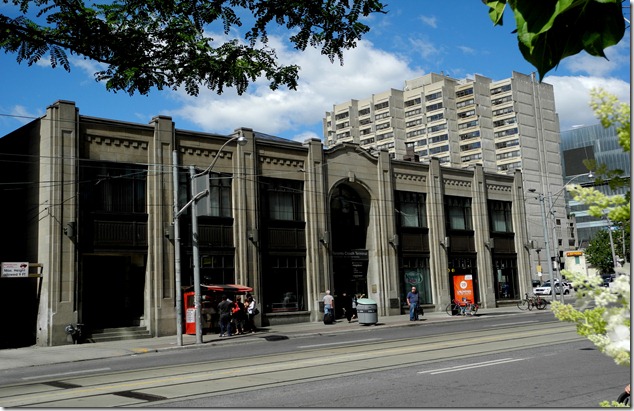

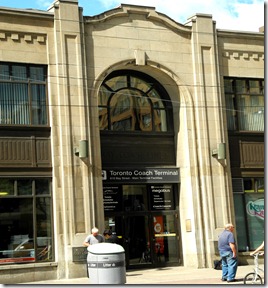
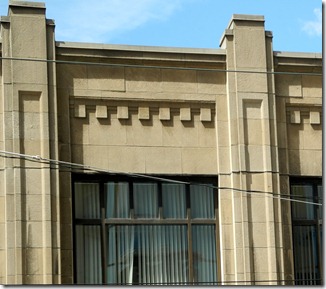
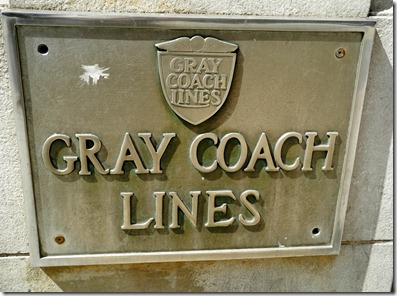
![s0071_it8868[1] s0071_it8868[1]](https://tayloronhistory.com/wp-content/uploads/2013/01/s0071_it88681_thumb.jpg)
![s0071_it8882[1] s0071_it8882[1]](https://tayloronhistory.com/wp-content/uploads/2013/01/s0071_it88821_thumb.jpg)
![s0071_it8999[1] s0071_it8999[1]](https://tayloronhistory.com/wp-content/uploads/2013/01/s0071_it89991_thumb.jpg)
![s0071_it9031[1] s0071_it9031[1]](https://tayloronhistory.com/wp-content/uploads/2013/01/s0071_it90311_thumb.jpg)
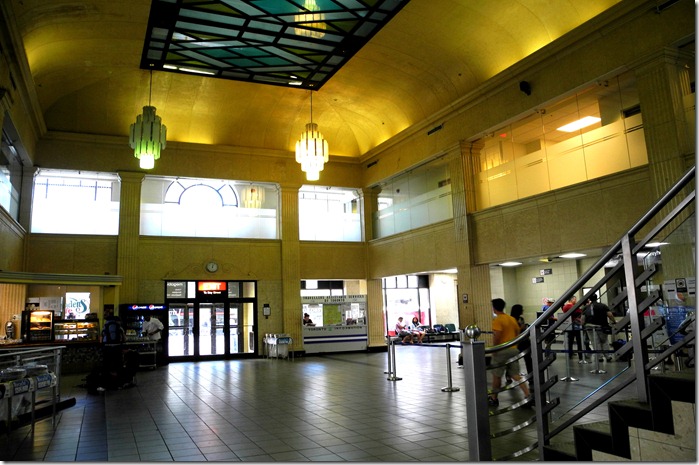
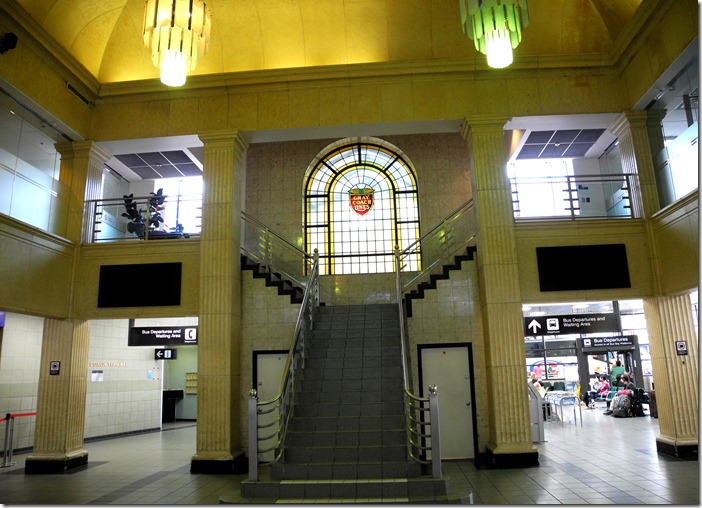
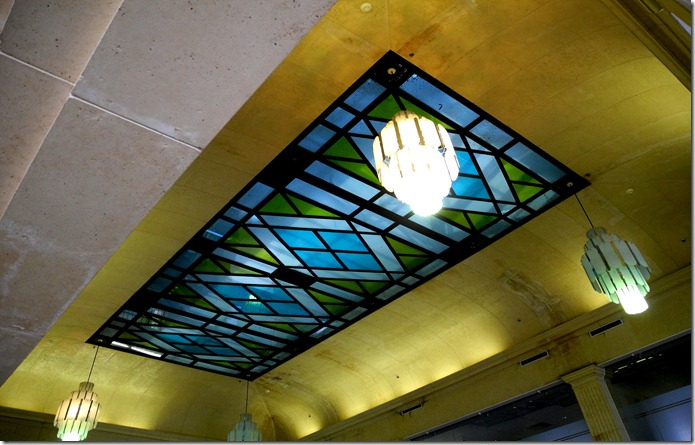
![s0071_it9041[1] s0071_it9041[1]](https://tayloronhistory.com/wp-content/uploads/2013/01/s0071_it90411_thumb.jpg)
![s0071_it9035[1] s0071_it9035[1]](https://tayloronhistory.com/wp-content/uploads/2013/01/s0071_it90351_thumb.jpg)
![s0071_it10884[1] s0071_it10884[1]](https://tayloronhistory.com/wp-content/uploads/2013/01/s0071_it108841_thumb.jpg)
![s0071_it11760[1] s0071_it11760[1]](https://tayloronhistory.com/wp-content/uploads/2013/01/s0071_it117601_thumb.jpg)
For a really good look at how it looked inside in the 80’s watch the movie ‘Adventures in Babysitting’